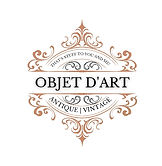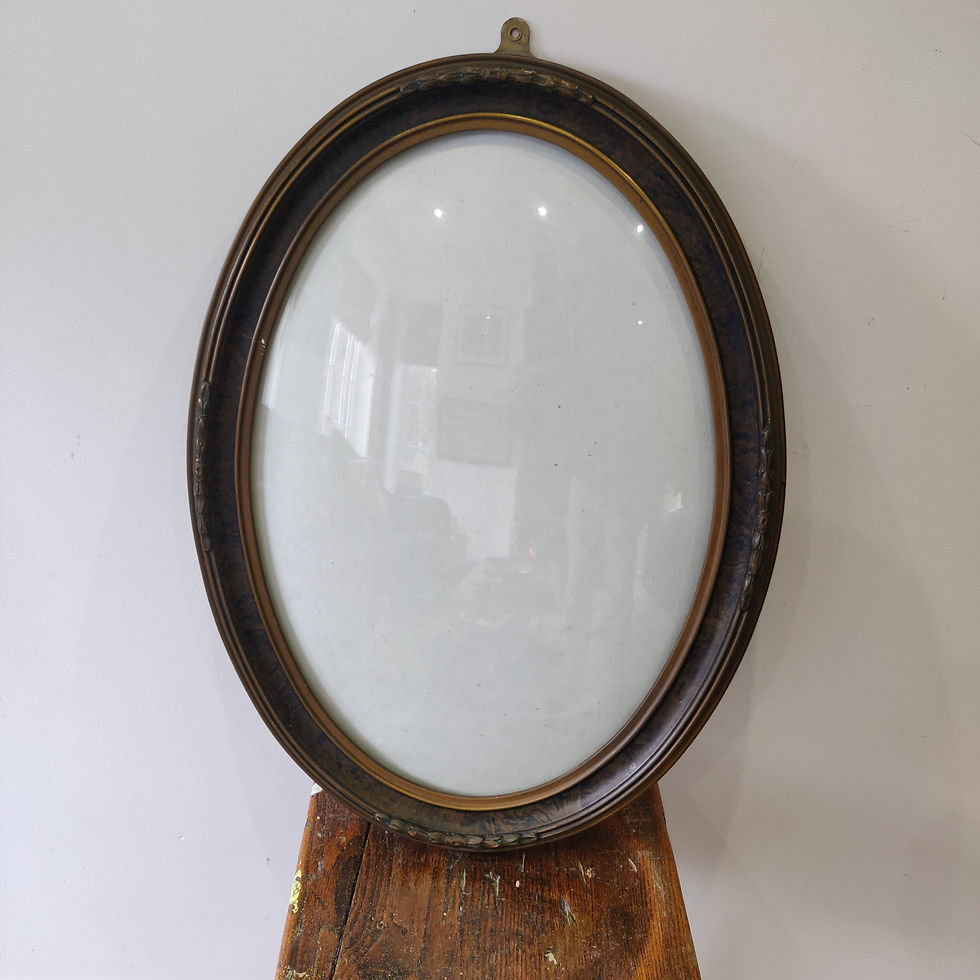Antique pre 1930 Keswick school of art napkin rings firth staybrite amazing hand made and hand beaten repoussé pair of napkin rings by KSIA one monogramed with A one with R truly stunning highly collectible
5 cm wide 2 1/2 cm tall
The Keswick School of Industrial Arts (KSIA) was founded in 1884 by Canon Hardwicke Rawnsley and his wife Edith to provide free arts and crafts training to the mining population of Keswick, Cumbria:
Founding
The school began as evening classes in woodwork and metalwork at the Crosthwaite Parish Rooms.
Success
The school became so successful that it moved to a purpose-built building in 1894.
Closure
The school closed in 1984 due to competition from mass-produced items. The building is now a restaurant.
Known for
The school is famous for its repoussé work. Early pieces from the KSIA are now very collectable.
Patron
Canon Rawnsley was a patron of Beatrix Potter and founder of the National Trust. He was also a supporter of the Arts and Crafts movement.
Directors
The school had five directors: Herbert J. Maryon (1900-1904), Robert Hilton (1904-1921), G. Atholl Weeks (1921-1952), Thomas Hartley (1953-1962), Charles W. Petrie (1962-1984).
The history of Firth Staybrite is tied to the discovery of stainless steel, the development of the 18/8 alloy, and the use of the Staybrite trademark:
Discovery of stainless steel
In 1913, Harry Brearley, a metallurgist at the Brown-Firth Research Laboratories in Sheffield, discovered stainless steel.
Development of 18/8 stainless steel
After Brearley left the laboratory in 1915, his successor, Dr. W. H. Hatfield, continued the research and developed the 18/8 stainless steel alloy in 1924. This alloy is made up of 18% chromium and 8% nickel, and is now known internationally as SAE 304.
Trademarking of Staybrite
In 1924, Thomas Firth of Sheffield gave the 18/8 stainless steel alloy the trade name "Staybrite". The name was used to promote the material.
Use of Staybrite in tableware
Old Hall began producing tableware made from Staybrite in 1928. Pre-war items were marked with "Staybrite" or "Firth Staybrite".
Use of Staybrite in watches
Acier Firth of Zurich began offering Staybrite to watchmakers in 1931. The name "Staybrite" was used on watch cases, but only with permission from Firth.
Use of Staybrite in the Ideal Home Exhibition
In 1934, Firth Brown sponsored a large area at the Ideal Home Exhibition in London called "Staybrite City"
Vintage pre 1940 Keswick school of art napkin rings firth staybrite
Stock No
660




















































































